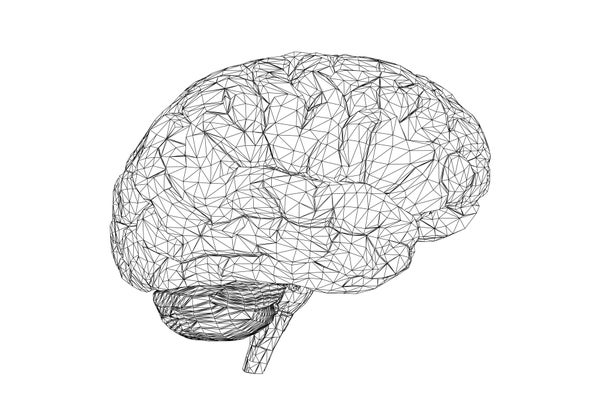This article was published in Scientific American’s former blog network and reflects the views of the author, not necessarily those of Scientific American
A crush of brain scientists about equal in number to the 30,000 or so entrants in the Boston Marathon descended in recent days on a metropolis occupied by minds that badly need fixing. Which will come first, long-awaited treatments for Alzheimer’s and schizophrenia or solutions to dysfunctions in the White House and Congress?
The first press event at the Society for Neuroscience’s annual meeting in the nation’s capital began—quite appropriately given the venue—with a session Sunday on what’s going on when brains are asleep. It turns out, according to a research team from Harvard Medical School, that negative memories formed during the day are boosted more than neutral ones in deep sleep—or “slow-wave” shut-eye in geek speak—a critical time for locking in long-term memories.
Sleep processes the day’s experiences and sends nascent memories packing to the brain’s long-term storage area. Note that we’re not talking bad dreams here, which are dealt with during a whole other sleep phase. Anyway, all of this makes a lot of sense. Bad memories linger for a reason. Knowing how to avoid being consumed by a saber-toothed tiger, the quintessential Paleo poster beast, or an errant tweet coming from a location a mile or so from the neuroscience convention hall probably rely on common survival mechanisms.
On supporting science journalism
If you're enjoying this article, consider supporting our award-winning journalism by subscribing. By purchasing a subscription you are helping to ensure the future of impactful stories about the discoveries and ideas shaping our world today.
Stories on sleep are one of the biggest draws for readers on Scientific American’sWeb site. I’m never really sure why. What’s so intriguing about this most primal behavior? It may be the American passion for self-improvement—curiosity about what comes after the Fitbit. Maybe the self-enhancer types crave sleep lessons.
So here's something for them to store in long-term memory. There may be a sleep diagnostic test on the distant horizon. Researchers from the University of Pennsylvania exposed both rats and humans to normal-, shortened- and no-sleep episodes. They took blood tests to inspect molecules called microRNAs that regulate when genes are turned on or off. They found microRNA activity changed significantly with lack of sleep. A test based on these studies that would tell precisely how much sleep a given individual really needs is still a bit “downstream,” says researcher Seema Bhatnagar. But the Army, Navy, DARPA and NASA are keenly fascinated by the potential of a molecular marker of sleep debt because of its usefulness for the jobs of soldiers, sailors, commercial pilots and astronauts. All these entities are funding this work.
The conference provided the usual surfeit of food for thought that the hardcore neuroscientists in attendance expected. A kerfuffle arose over the esoterica of whether the adult brain can actually manufacture new brain cells. Until the late 1990s it was assumed the adult brain could not grow new brain cells. Research discovered some select brain regions—including the memory-forming hippocampus—do grow new neurons in a process called neurogenesis. These findings have received broad acceptance in the years since—and the discovery is sometimes thought of as a possible Nobel candidate.
There are even researchers who spend a lot of time in the lab to find new ways to fuel neurogenesis for brain health. A team from Columbia University reported at the meeting that it is working on a way to supercharge this process to lower stress and treat mental illness. Another group from McMaster University in Ontario delivered a presentation indicating that a hit to the head during contact sports leads to diminished neurogenesis. So more newborn brain cells good, lesser numbers bad?
But what if the old textbook explanations about no newborn brain cells once you hit adulthood might have been somewhat right after all? At a well-attended session on Monday morning, investigators from the University of California, San Francisco, presented results of a study that found no detectable levels of neurogenesis in the hippocampi of the postmortem tissue of adult humans or macaques, raising questions about whether the earlier neurogenesis research may have relied too much on mouse studies. (Mice do grow a lot of new neurons throughout their short lives—also the researchers did find signs of neurogenesis in another brain region.) Christoph Anacker, a member of the Columbia group trying to ratchet up hippocampal neurogenesis to combat stress, says the U.C. San Francisco work may have looked at brains in individuals who were suffering from diseases in which the whole process had come to a halt. Anacker is not planning to switch to sleep research because of what he heard at the U.C.S.F. talk.
Om Mani Padme Hum: more research is needed. No matter. For a few days in November the neuroscience meeting gave the nation’s capital needed diversion from binge-watching cable news.
